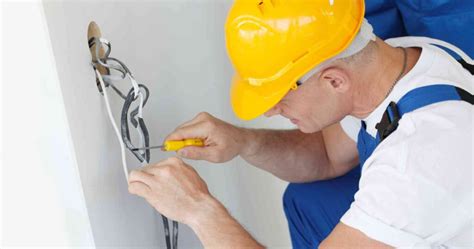Wiring 101: A Beginner's Guide to Electrical Troubleshooting
Electrical work can seem daunting, but understanding the basics of troubleshooting can empower you to handle minor issues safely and effectively. This beginner's guide provides a foundational understanding of electrical systems and common troubleshooting techniques. Remember: safety is paramount. If you're unsure about any aspect of electrical work, always consult a qualified electrician.
What are the Basic Components of an Electrical System?
Before diving into troubleshooting, let's review the fundamental components:
- Power Source: This is typically your home's electrical panel, which distributes power from the utility company.
- Wiring: Conductors (usually copper or aluminum) that carry the electrical current. Different gauges (thicknesses) of wire are used depending on the amperage required.
- Circuit Breakers/Fuses: These safety devices protect your circuits from overloads and short circuits, preventing fires and damage. A tripped breaker will be in the "off" position. A blown fuse will be visibly broken.
- Outlets/Receptacles: These provide points where you can plug in appliances and devices.
- Switches: These control the flow of electricity to lights or other fixtures.
- Loads: These are the devices (lights, appliances, etc.) that consume electricity.
How to Safely Approach Electrical Troubleshooting
Safety is non-negotiable when working with electricity. Always follow these precautions:
- Turn off the power: Before working on any electrical component, always switch off the power at the breaker box. Don't rely on switches alone.
- Use appropriate tools: Use insulated screwdrivers and pliers to prevent electrical shock.
- Never work alone: Have someone nearby in case of an emergency.
- Check for voltage: Use a non-contact voltage tester to confirm power is off before touching any wires.
- Wear safety glasses: Protect your eyes from debris or sparks.
Common Electrical Problems and How to Troubleshoot Them
1. A Light Fixture Isn't Working:
- Check the bulb: The simplest solution is often the most overlooked. Try a known good bulb.
- Check the switch: Make sure the switch is in the "on" position. Try another light switch, if applicable, to determine if it is the switch or wiring.
- Check the breaker: Ensure the breaker controlling the light circuit isn't tripped.
- Check the wiring: If the problem persists, examine the wiring connections at the light fixture and the switch. Loose connections are a common cause of failure. Only proceed with this step if you have experience with electrical work.
2. An Outlet Isn't Working:
- Check the breaker: The circuit breaker controlling that outlet may have tripped.
- Test the outlet with another appliance: Ensure the problem isn't with the appliance itself.
- Test with a voltage tester: A non-contact tester can determine if there's power at the outlet. If not, the problem may be with the wiring or a breaker.
- Check the wiring (Advanced): If there is no power, examine the wiring connections at the outlet box. This requires significant electrical knowledge and is best left to professionals unless you're experienced.
3. A Circuit Breaker Keeps Tripping:
This is often a sign of an overloaded circuit.
- Identify the overloaded circuit: Determine which devices are connected to the tripped breaker.
- Unplug unnecessary devices: Reduce the load on the circuit.
- Check for short circuits: A short circuit occurs when wires touch, creating a dangerous current flow. This often requires professional help.
- Repair or replace faulty appliances: A malfunctioning appliance might be drawing excessive current.
4. Flickering Lights:
This can be caused by several factors:
- Loose connections: Examine the wiring connections at light fixtures and switches.
- Overloaded circuits: Too many devices on one circuit can cause voltage drops, resulting in flickering lights.
- Faulty wiring: Damaged or worn wiring can cause intermittent flickering.
- Power surges: These sudden spikes in voltage can cause lights to flicker and damage electronics.
When to Call a Professional Electrician
While basic troubleshooting can solve minor issues, some problems require the expertise of a qualified electrician:
- Any situation where you are unsure or uncomfortable.
- Electrical shocks or burns.
- Frequent tripping of circuit breakers.
- Burning smells near electrical components.
- Problems with your electrical panel.
- Wiring that appears damaged or frayed.
This guide provides a foundational understanding of electrical troubleshooting for beginners. Remember, always prioritize safety and call a professional when needed. Improper electrical work can be dangerous and lead to serious consequences.

